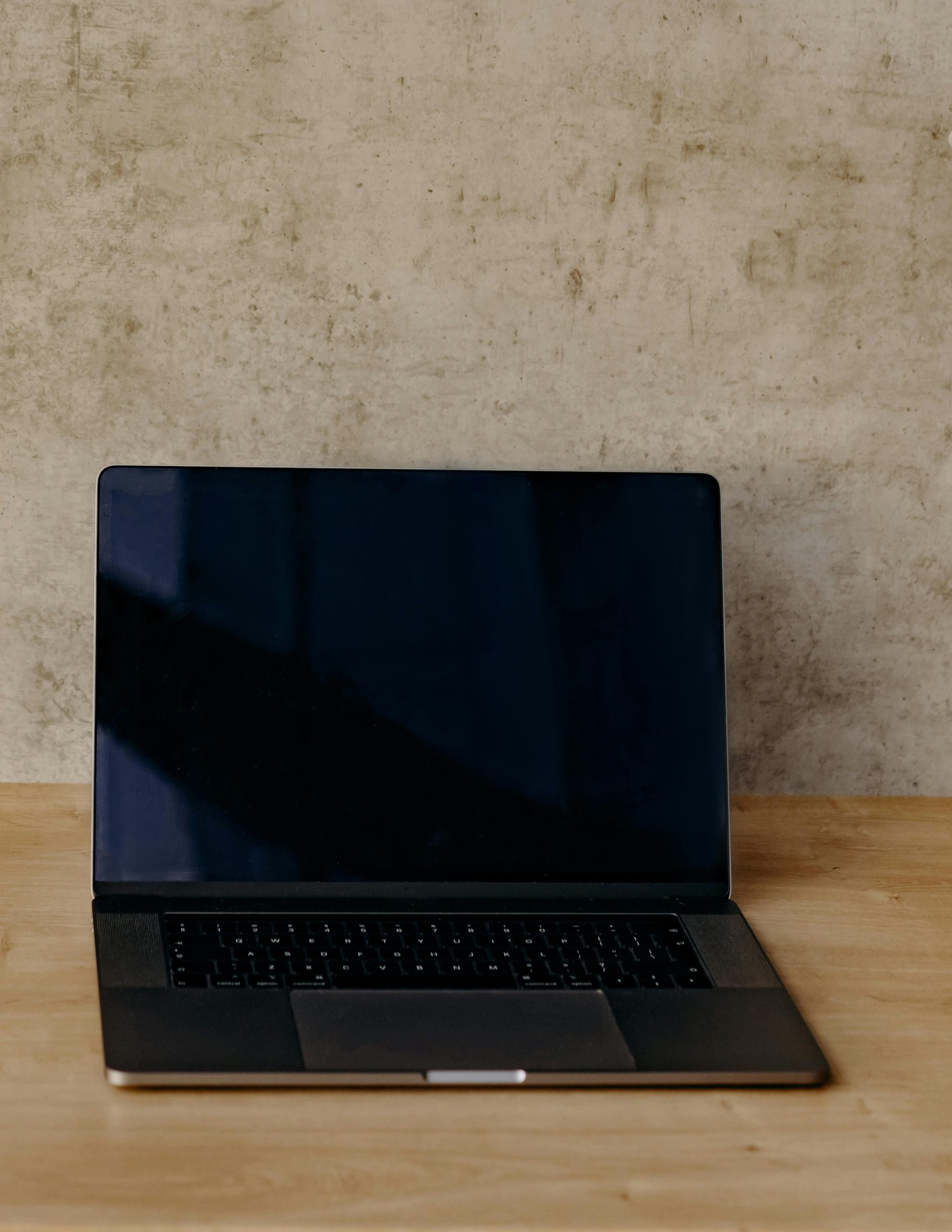Troubleshooting Black Screen on Startup: Causes and Solutions
Encountering display issues during system startup can be frustrating, especially when the screen remains black even before the operating system loads. If you’re experiencing a scenario where your monitor stays blank at the lock screen or even within the BIOS, it’s essential to systematically identify and resolve the root cause. This article explores common reasons behind such issues and provides practical troubleshooting steps to help you restore normal display functionality.
Understanding the Problem
A typical symptom involves the display turning black shortly after powering on the PC—despite the monitor remaining powered and off at times even during BIOS access. The fact that toggling the power supply or unplugging and replugging the monitor sometimes restores the image suggests intermittent connection or hardware-related issues.
Common Causes of Black Screen at Startup
-
Graphics Card or Integrated GPU Issues:
Faulty or improperly seated GPU, or issues with integrated graphics (if available), can lead to no display output during boot. -
Connection Problems:
Loose or damaged video cables, port issues, or incompatible connectors might cause the monitor to fail to receive signals. -
Monitor Power or Compatibility:
Occasionally, certain monitors or their settings could cause startup display issues, especially if they go into standby or energy-saving modes. -
Power Supply Problems:
An underperforming or failing power supply, especially one that doesn’t deliver consistent power, can cause hardware components, including graphics adapters, to behave irregularly. -
Motherboard or BIOS Settings:
Incorrect BIOS configurations, such as integrated graphics settings or display output priorities, can contribute to display failures.
Recommended Troubleshooting Steps
- Check Physical Connections:
- Ensure all video cables are securely connected to both the monitor and the PC.
-
Test with a different cable (e.g., from DVI to HDMI) or port if available.
-
Test the Monitor:
- Connect the monitor to another computer or device to verify it functions correctly.
-
Try a different monitor with your PC to rule out the display as the source of the problem.
-
Inspect Hardware Components:
- Reseat the graphics card carefully to ensure proper contact with the PCIe slot.
-
If your motherboard supports integrated graphics, remove the dedicated GPU and connect video output directly to the motherboard to see if the onboard graphics work.
-
**Review Power Supply
Share this content:



